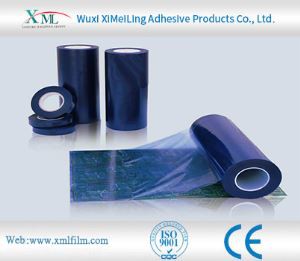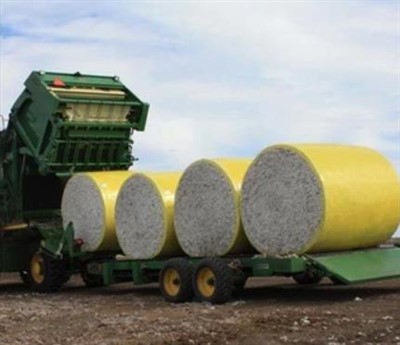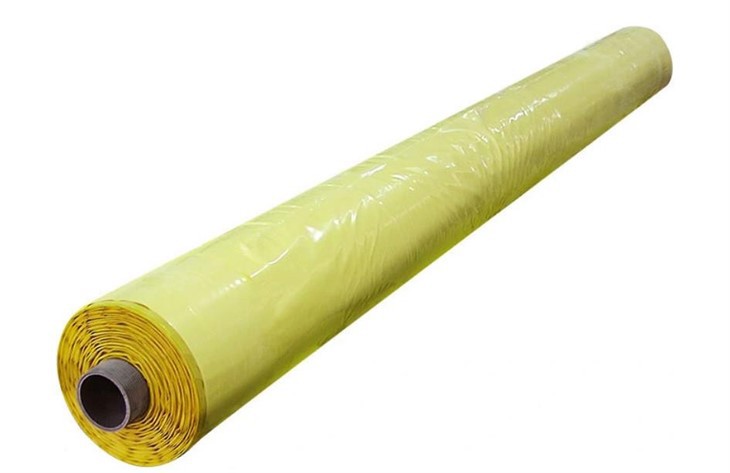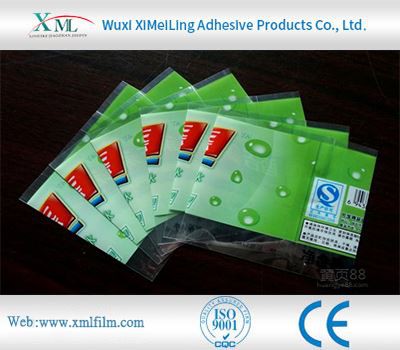Reasons for Uneven Stone Protective Film Effects
2025-10-31
1. Improper Installation Leading to Uneven Effects
Improper installation is a common cause of uneven effects. If the film is not installed slowly from one end to the other, or if air is not removed from under the film using a scraper, air pockets and bubbles will form between the protective film and the stone. The protective effect in these areas will be significantly reduced, creating a noticeable difference compared to the tightly adhered areas. Furthermore, if the protective film is not cut to the correct size for the stone, resulting in overlapping edges or gaps, the overlapping areas will affect the consistency of protection due to the increased thickness, while the gaps will directly expose the stone, leading to an uneven overall effect.2. Quality Issues with the Protective Film Itself
Defects in the quality of the protective film itself can also lead to uneven protection. Some inferior protective films have inconsistent material thickness; thicker areas offer stronger protection, while thinner areas are more susceptible to external factors, resulting in inconsistent protection. Uneven adhesive distribution also contributes to uneven protection; areas with strong adhesion adhere tightly, while weak adhesion leads to peeling and detachment, resulting in significant differences in protective effectiveness across different areas. Furthermore, manufacturing defects, such as missing wear-resistant layers, can reduce scratch resistance and impermeability in those areas, causing overall unevenness in protection.3. The Condition of the Stone Surface Affects Adhesion
The smoothness and cleanliness of the stone surface indirectly affect the unevenness of the protective film's effect. If the stone surface has depressions, bumps, or gaps, the protective film cannot adhere tightly in depressions, easily accumulating impurities; while on bumps, excessive stress accelerates wear, causing differences in protective effectiveness across different areas. If the stone surface is not thoroughly cleaned before installation, residual dust and oil will locally hinder the adhesion between the protective film and the stone. The protective film in these areas is prone to loosening and will fail to provide proper protection, creating a stark contrast with well-cleaned areas.4. The Influence of Environmental Factors:
The external forces and environmental conditions under different usage environments will also cause uneven performance of the protective film. In areas with frequent foot traffic and object movement, the protective film is subjected to friction and pressure more often, leading to localized wear and a gradual weakening of its protective effect. Conversely, in areas with low usage frequency, the protective film experiences less wear and maintains better protection, creating a significant contrast. Furthermore, if the stone is located in an environment with localized dampness, direct sunlight, or large temperature fluctuations, the protective film in these areas is prone to aging and deformation, resulting in decreased protective performance and inconsistent performance with areas in more stable environments.
You Might Also Like
-

what are the advantages of cotton packaging film
-

How does pe protective film cope with high temperature environment
-

The Advantages of Cotton Wrap Film
-

Advantages of Cotton Bale Wrap Film
-

How Polyethylene Packaging Material Copes with High Temperature Environment
-

How to Remove Protective Transparent Plastic Film Without Damaging the Surface
